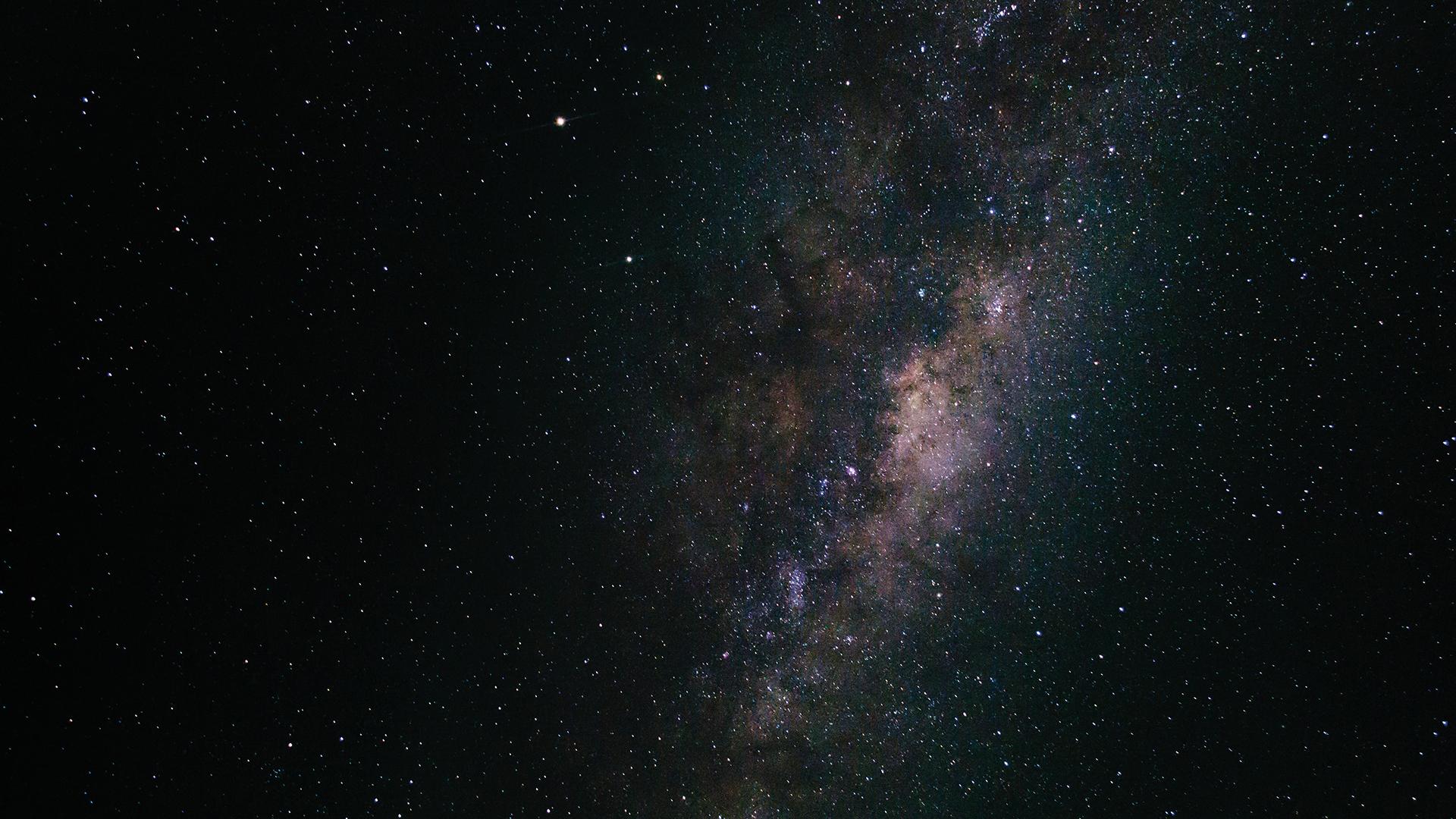
In 1977 the United States launched a spacecraft called “Voyager.” As the first space probe to soar beyond the solar system, and as the farthest manmade object from Earth, Voyager is in a class by itself. But it gets better, because ultimately this mere machine gave us a priceless gift.
Voyager was designed for a one-way “photo journalism” trek to the outer reaches of our solar system and beyond—into interstellar space. After traveling at a speed of 225,000 kilometres per hour for 13 years, Voyager found itself 6 billion miles from Earth. The year was 1990 and we were about to see ourselves in a whole new light. At the request of popular astronomer Carl Sagan, NASA sent Voyager a command to swivel around and take one more series of photos before continuing on its journey away from our world. Sixty ultra high-resolution images were snapped. Of course we had no idea what kinds of images Voyager would capture. But one of them in particular took our breath away. The stunning photo was appropriately named “The Pale Blue Dot.” It was our little planet. Earth. There we were. The human race. Just hanging there within the enormity of space, like a mere speck of punctuation. So tiny. Almost unnoticeable. Sagan captured the reality of our smallness when he described Earth as “a mote of dust suspended in a sunbeam.” Commenting on the photo with a sense of our minuscule insignificance, Sagan wrote, “Our planet is a lonely speck in the great enveloping cosmic dark… In our obscurity, in all this vastness, there is no hint that help will come from elsewhere to save us from ourselves.”
We are so, so very small, aren’t we? And yet, the amazing thing is, we are so massively significant in the eyes of our Maker. After contemplating the enormity of space and the vastness of the universe, the ancient Hebrew king, David, prayed, “What is mankind that you are mindful of them, human beings that you care for them?” (Psalm 8:4). The short answer given in the Bible is that humans are of extreme significance to God simply, and profoundly, because He loves us. These prophets convey the message that God knows each one of us by name. He is perfectly aware of, and totally devoted to, each person with the acute sensitivity a mother has for her child. Each morning when you first awake, His eyes are upon your face. The first time you crack a smile, His heart leaps with delight. When your eyes tear up, He takes notice and feels your pain. The suffering created by bad human choices pierces His heart with agony.
In contrast to this picture of God painted by these ancient prophets, both Plato and Aristotle portray God as a kind of “Absolute Being,” completely “Other” and “Transcendent,” so much so that God must be void of any and all emotions. If God is perfect, the reasoning goes, He cannot experience any change within Himself in the form of emotional movement. Following the Greek lead, Western Christian thought came to characterise God with the word, “impassible,” which simply means without pathos or feeling. But this popular Western picture of God doesn’t square up with God humbling Himself to become a member of the human race, and then pouring out His life for us in that singular passionate act of love at the Cross. Here is pathos at its height of expression! Here is emotion of the most extreme kind! Here is nothing short of an astronomical love that soars beyond all self-interest!
It must be true that God loves with a strong emotional passion, because we were made in His image, and we certainly love deeply. I’ll never forget the day I held my newborn son in my arms. He was so small and yet so huge in my estimation. Holding him in my arms, I knew that I loved him beyond all self-interest. The moment he came into the world, I felt that his value transcended my own. And I knew I would die for him if I had to. God feels the same way about you and me. He knew that the moment He created the human race, He would love us more than His own life, and that if we should choose selfishness over love, it would cost Him His own life to bring us back to Him. And that’s precisely what He did give for us. His life for ours! Voyager gave us the pale blue dot. But the sacrifice of Christ on the cross gave us blood-red proof of God’s amazing love.






